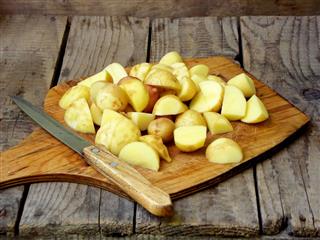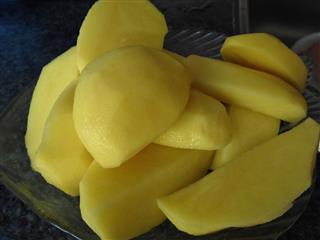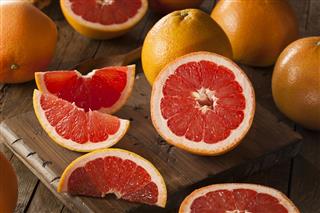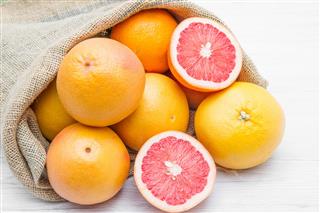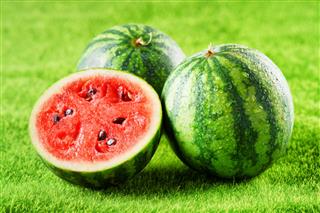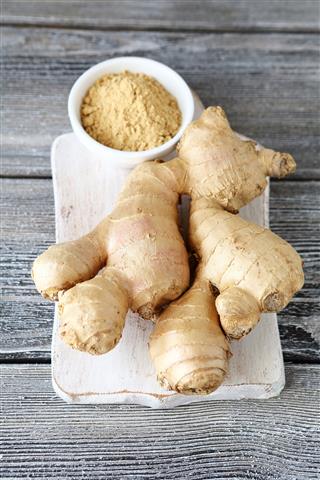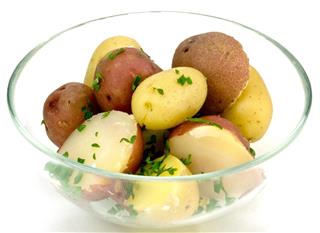
A colonoscopy procedure is a test that screens the colon for cancerous cells, ulcers, inflamed tissue and polyps. However, prior to the actual colonoscopy, the bowel has to be cleared of fecal material. A clean bowel enables the physician to view the inside of the colon properly…
Colonoscopy is a test conducted to view the inside of the colon, and can detect polyps (pre-cancerous growths), tumors, ulcers and inflamed tissue. Colonoscopy procedure is a cancer-screening tool and its aim is to prevent and treat colon cancer. However, the success of the colonoscopy procedure depends on the complete visualization of the mucosal surface of the colon. This is only possible if the bowel has been completely evacuated of all fecal matter, thus bowel preparation is essential. The aim of bowel preparation for a colonoscopy procedure is to enable the physician to have a clear view of the colon. The quality of bowel evacuation determines the quality, speed, completeness and difficulty of colonoscopy. Thus, prior preparation of the bowel is very important.
Bowel preparation before colonoscopy is considered to be worse than the actual colonoscopy. Even if virtual colonoscopy is considered over the traditional colonoscopy procedure, the same bowel preparation is required. Ideally, the colonoscopy preparation should be convenient, comprising simple instructions and a short period of dietary instructions. It must be safe with minimal side effects, such as slight vomiting, nausea and abdominal cramps. It must be effective and must efficiently clear the bowel at the end of the treatment. The taste of the colonoscopy preparation drugs must be tolerable; given in small amounts to cause minimal nausea and vomiting. Stimulant laxatives such as senna, castor oil and bisacodyl were commonly used for bowel preparation, prior to the 1980s. These stimulant laxatives increased peristalsis and promoted secretion of fluid into the intestinal lumen. However, they were not very effective and have been almost abandoned today. Let us have a look at the common method of bowel preparation used today.
⦿ Diet Changes Before a Colonoscopy
There are certain changes one has to bring about in one’s diet, a few days before the actual colonoscopy procedure. One’s solid and fluid intake will be taken into consideration. Depending on one’s medical condition and the earlier responses to colonoscopy preparation, the doctor will ask the patient to follow a particular diet plan. The basic diet plan involves avoiding heavy meals about three to four days before the procedure is carried out. Fluid intake is also extremely important, so as to prevent dehydration. A day before the procedure, the patient is asked to consume only fluids. This is because clear liquids are easy to digest and leave no residue in the colon, thereby enabling the endoscopist to get a clear view of the colon. Thus, let us have a look at the solids and liquids that should and should not be consumed during this time.
• Fruits
• Nuts
• Corn
• Redmeat
• Rice
• Vegetables
• Salads
• Chocolates
• Dairy products
• Colored gelatin desserts
• Fiber-rich foods like cereals, oats, etc.
• Steamed chicken or fish
• Broiled chicken or fish
• Soft-boiled eggs
• White cheese
• Peeled and mashed potatoes
• Milk
• Milk shakes and smoothies
• Colored beverages
• Red wine
• Grape or pomegranate juice
• Red Gatorade
• Chicken broth
• Clear soups
• Strained lime juice
• Ginger ale
• Soda
• Black coffee or tea
• Fresh fruit juice (sieved)
The fluid intake should stop about three hours before the colonoscopy procedure, after which the patient should not eat or drink anything, until the procedure is over. Besides the diet, a person will also have to take into consideration the medicine intake. Medicines like multivitamins, iron and herbal supplements, fiber supplements, warfarin tablets, constipating agents (lomotil or codeine phosphate), aspirin, ibuprofen, etc. need to be stopped four days before the procedure. The patient needs to also inform one’s doctor if he or she is consuming any prescription medicines for diabetes, arthritis, hypertension, etc. Usually, one will be able to continue taking these prescription medicines. Allergies to particular medicines or anything else must be mentioned at the time of clinical visit. Necessary precautions will be taken accordingly.
⦿ Bowel Cleansing Procedures
Endoscopists use various treatments to cleanse the bowel before colonoscopy procedure. Bowel prep for colonoscopy include, but are not limited to:
Enemas
An enema refers to a liquid pumped by low pressure into the rectum, via the anal opening. The injected liquid stimulates bowel movement and assists in colon cleansing. Anything between 15 minutes to 2 hours is required for an enema to work. To conduct enemas, an enema kit is required, which comprises an enema bag or bucket, an enema tube, tube clamp or stop clock, enema nozzle and enema liquid. The enema bag is to be connected to the enema tube, which in turn must be connected to the enema nozzle. After clamping the enema tube, the enema bag is hung at a height of about 3-4 feet above the patient. The patient lies on his back and the nozzle is gently inserted into the anal opening. The enema fluid is allowed to flow into the colon and is stopped when there is a sensation of ‘fullness’. The bowel is emptied and the entire process is repeated till the colon is cleared of solids.
Suppositories
Suppositories (solid pieces of medicines which melt when inserted into the vagina or rectum) are available, that generally stimulate the bowel movement within half an hour of insertion. The suppository is a combination of sodium bicarbonate and potassium bitartrate in a polyethylene glycol base, that generates carbon dioxide. The carbon dioxide and lubrication combination causes the rectal ampulla to distend, resulting in peristalsis. These suppositories are not associated with irritation and cramping and are easy to administer. Suppositories are better than liquid enemas. Moreover, suppositories do not interfere with normal digestion and are cheaper than liquid enemas.
Polyethylene Glycol (PEG) Electrolyte Solutions
Various polyethylene glycol (PEG) and electrolyte solutions are available in the market and are used to clear the colon completely before the colonoscopy procedure. Generally, these are administered through the mouth. However, in hospitals they are given through the nose, via a nasogastric tube. This solution results in loose stool and flushes all solid material from the colon. PEG is available only with a doctor’s prescription and is available in an oral solution, as well as a powder form. The powder has to be mixed with water, and taken prior to a colonoscopy. PEG and electrolyte solutions are available in different flavors to make it more palatable.
Sodium Phosphates Solutions
Sodium phosphate solutions are saline laxatives that draw water from parts of the body towards the bowel. This leads to stool softening and bowel movement. These solutions are available in two 45 ml doses and report better bowel cleansing than the PEG solutions. Patients are also happy as the volume of dose is lesser and causes fewer chills, less bloating and abdominal fullness. It is also cheaper than PEG. However, people suffering from bowel obstructions, congestive heart failure, kidney disease or congenital megacolon should not take this.
Due to frequent passage of liquid stools, the patients experience skin irritations around the anal opening. This can be prevented by applying petroleum jelly on the skin around the anal opening before bowel preparation initiation. Moreover, after each bowel movement, use disposable wet wipes instead of toilet paper.
Go through the entire bowel preparation procedure with your doctor and confirm you both are on the same page. Follow the instructions properly, as improper bowel preparation can lead to an unsuccessful colonoscopy, resulting in the repetition of the entire procedure. So, if you don’t want to go through all the trouble once again, make sure you get it right in the first go!

